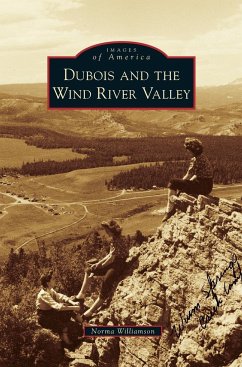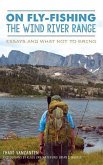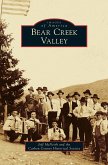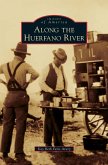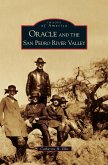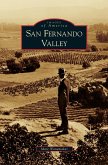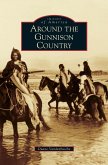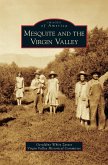Mountain men, fur traders, and Native Americans often traveled through Northwestern Wyoming's beautiful upper Wind River Valley. The valley's rugged mountain terrain discouraged permanent settlement until the late 1880s, when homesteaders arrived in search of free land. Most early settlements have vanished, but the tiny community nestled along the Wind River that would become Dubois thrived, and it soon had a bank, store, and saloon. The upper valley's high elevation and short growing season quickly discouraged farming, and those who remained learned to make a living from travelers passing through on their way to visit the recently created Yellowstone National Park. Others earned their living cutting timber in the new national forest that had been set aside to protect Yellowstone. A railroad tie-cutting operation in the national forest supplied the country's railroads with cross ties for more than 40 years.
Hinweis: Dieser Artikel kann nur an eine deutsche Lieferadresse ausgeliefert werden.
Hinweis: Dieser Artikel kann nur an eine deutsche Lieferadresse ausgeliefert werden.

